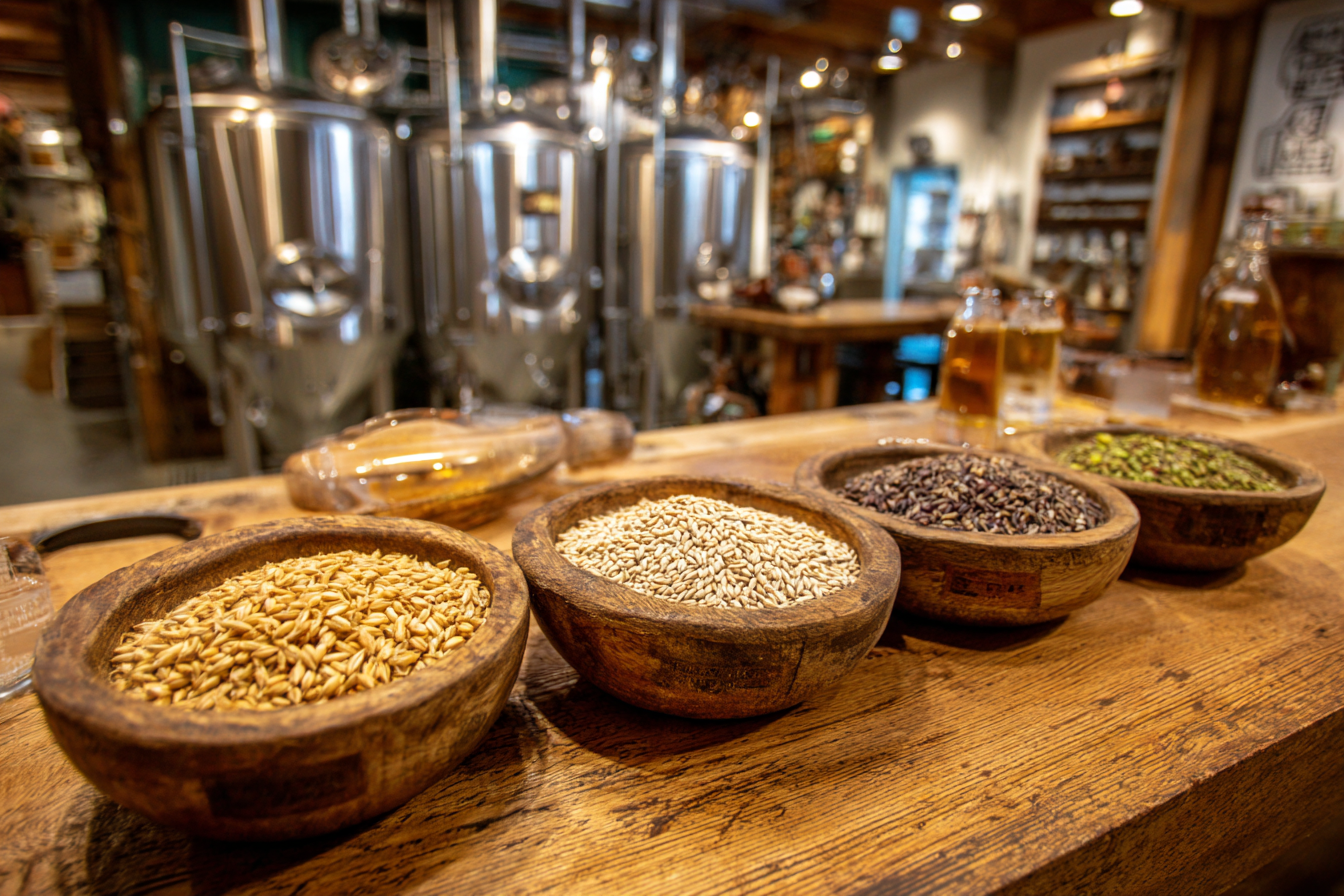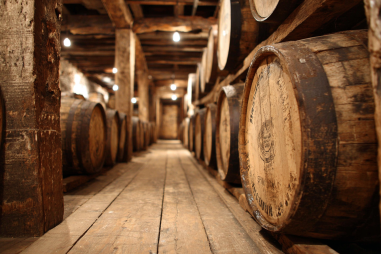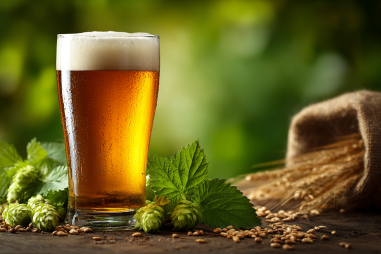American stouts have carved out a special place in the world of craft brewing, celebrated for their bold, rich flavors and deep, dark hue. The secret behind this robust beer lies in the careful selection and combination of essential ingredients. Understanding these components helps homebrewers and enthusiasts alike appreciate what goes into crafting this iconic brew. From malts and hops to yeast and water, every ingredient plays a crucial role in achieving the characteristic complexity and satisfying profile of an American stout.
Overview of Brewing Basics
Before diving into the specifics of American stout ingredients, it’s helpful to review some brewing fundamentals. Brewing beer, at its core, is a process where malted grains are mashed to convert starches into fermentable sugars. The liquid extracted, known as wort, is then boiled with hops to add bitterness and aroma. After boiling, the wort is cooled and fermented with yeast, which converts sugars into alcohol and carbon dioxide, creating beer.
While the method is consistent across beer styles, the choice of ingredients and their balance dramatically affect the final flavor, aroma, and appearance. In the case of American stout, the recipe emphasizes roasted malt character, a moderate hop bite, and smooth fermentations to create the iconic dark, full-bodied beer.
Malts and Grains: Base and Specialty Choices
The backbone of any stout, especially an American stout, is its malt bill. Malts provide the fermentable sugars and significantly influence flavor and color. The choice of malts here often gives the stout its signature dark color and roasted notes.
Base Malts:
- Pale Malt (2-Row or 6-Row Barley): Forms the foundation of the mash, providing enzymatic power to convert starches and some subtle sweetness.
- Maris Otter Malt: Popular among craft brewers for its rich, nutty character and excellent conversion ability.
Specialty Malts play a huge role in shaping the stout’s flavor:
- Roasted Barley: Unmalted, roasted barley is iconic in stouts for imparting intense coffee and chocolate flavors with a dry finish.
- Chocolate Malt: Adds a deep brown color and rich, smooth notes of chocolate and slight bitterness.
- Black Patent Malt: Contributes robust roasted bitterness and a very dark hue but is used sparingly due to its intense flavor.
- Crystal or Caramel Malts: Provide sweetness, body, and complexity to balance the roastiness with hints of caramel and toffee.
The perfect blend balances these malts to create a well-rounded, rich, and layered stout base that is both robust and drinkable.
Types of Hops Used in American Stout
Hops are often associated with bitterness and aroma, and American stouts typically feature a noticeably higher hop presence compared to their English counterparts. This helps define the “American” character and provides balance to the malt sweetness and roast.
Common hop varieties used include:
- Cascade: Offers a citrusy, floral aroma typical in American craft beers, adding brightness and complexity.
- Centennial: Known as a “super Cascade,” it adds bold citrus, pine, and herbal notes.
- Chinook: Delivers piney and spicy aromas; popular for American-style stouts with a strong hop backbone.
- Simcoe: Adds earthy, pine, and fruity hop aroma, contributing to complexity.
The bitterness level in American stouts generally ranges from moderate to assertive, often between 40 and 60 IBUs (International Bitterness Units). This bitterness helps counterbalance the sweet and roasted malt flavors.
Yeast Strains and Fermentation Roles
Yeast is the microscopic powerhouse of beer, fermenting sugars and producing alcohol, carbon dioxide, and countless flavor compounds. Selecting the right yeast strain is crucial in imparting the desired character of an American stout.
Most American stouts utilize an Ale yeast strain, particularly American Ale yeast strains like Safale US-05 or Wyeast 1056, which ferment clean and allow the malt and hop flavors to shine. These strains produce a crisp, slightly fruity profile but tend to keep ester production low, ensuring that the roasted malts and hops remain in focus.
Some brewers experiment with English ale yeasts when aiming for a more traditional stout profile, but for the American style, clean-fermenting yeast offers the best canvas for hop character and malt complexity.
Water Profile Considerations
Often overlooked, water chemistry plays a vital role in brewing, especially for styles like stout where bitterness and maltiness must be balanced perfectly. Stout water should have:
- Moderate to high carbonate levels, which help balance malt sweetness and soften the perception of roasted bitterness from the malts.
- Calcium for yeast health and beer stability.
- Sulfates and chlorides adjusted according to preference; chlorides enhance malt richness while sulfates emphasize hop bitterness.
Many brewers adjust their water with brewing salts like gypsum, calcium chloride, or baking soda to mimic historic stout-friendly water profiles similar to those found in Dublin or Lancashire.
Additional Ingredients and Adjuncts
While a traditional American stout focuses on malt, hops, yeast, and water, brewers often add adjuncts to enhance complexity or novelty:
- Oats or flaked barley for a silky mouthfeel and increased body.
- Vanilla beans or lactose (milk sugar) in milk stouts for sweetness and smoothness.
- Coffee or chocolate additions to amplify roasted flavors.
- Spices or wood aging for experimental batches.
These adjuncts are optional but popular among craft brewers aiming to put a unique spin on their stout while maintaining that American boldness.
Ingredient Sourcing Tips
Quality ingredients are key to brewing a great American stout. Here are some tips for sourcing your components:
- Buy fresh malts and hops from reputable suppliers to ensure optimal flavor and aroma.
- Obtain yeast strains from trusted commercial sources; consider brewing yeast labs that specialize in beer yeasts.
- Test and treat your brewing water according to profile recommendations for stouts.
- Explore local maltsters or craft ingredient suppliers for specialty grains to support freshness and traceability.
Shop with homebrew stores and online retailers that provide detailed descriptions on their products and enable tracking of freshness, as stale ingredients can lead to off-flavors.
Impact of Ingredients on Flavor and Texture
Every ingredient in your American stout recipe influences the final beer’s flavor, aroma, mouthfeel, and appearance:
- Malts dominate the flavor with roasted coffee, chocolate, caramel, and subtle sweetness.
- Hops add bitterness and aromatics like pine, citrus, and herbs, balancing the malt’s sweetness.
- Yeast determines the cleanness of fermentation and subtle esters or phenols that contribute to complexity.
- Water affects smoothness, bitterness perception, and overall balance.
- Adjuncts can enhance body, add sweetness, or introduce new layers of flavor.
Manipulating these components with care allows brewers to craft stouts that are rich, inviting, and distinctly American. The key lies in achieving a harmonious balance so no single element overwhelms another.
Crafting Your Stout Recipe
Creating an authentic American stout starts with understanding these ingredient roles and blending them thoughtfully. Begin by selecting a strong base malt combined with roasted barley and specialty malts for color and flavor depth. Choose hop varieties that provide a firm bitterness with floral or piney notes characteristic of American craft styles. Utilize a clean-fermenting yeast strain for clarity and let the malt and hops shine.
Adjust your water chemistry to support maltiness while controlling harsh bitterness and consider adding adjuncts like oats or lactose if you want to experiment with mouthfeel or history-inspired variants like the milk stout.
With these building blocks in place, you can follow tried and true recipes or experiment with your own mix-and-match approach to create a robust, flavorful, and authentic American stout that reflects your brewing style and palate preferences.
Happy brewing and may your stouts be bold and delicious!







